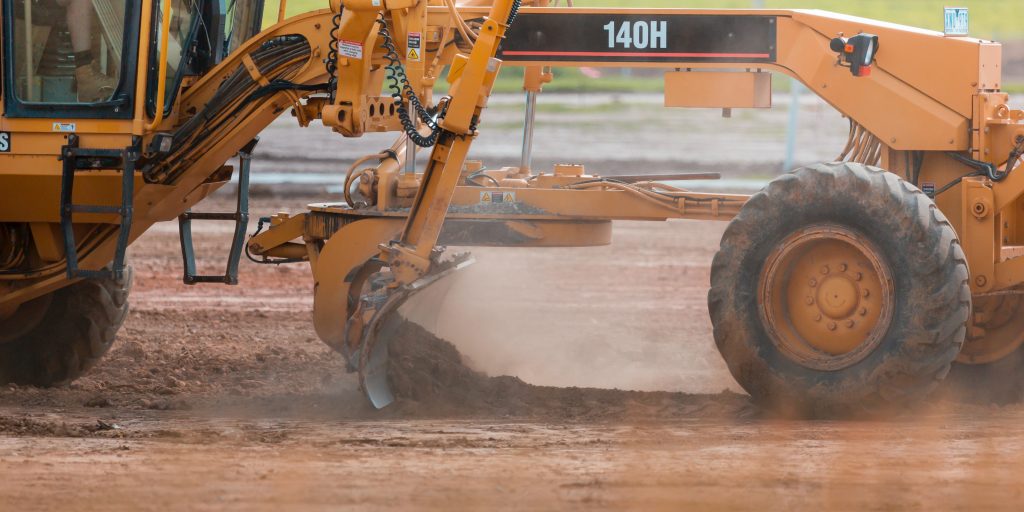Using data to make better decisions on project selections and schedules under CARES Act
Now that the $2T Phase 3 portion of the Coronavirus Aid, Relief and Economic Security (CARES) Act has been officially signed into place, attention is being turned towards a potential Phase 4.
As we know, Phase 3 will provide direct payments to individuals, expand unemployment benefits and provide relief to small businesses and health care systems. A Phase 4 will be needed to help jump start the US economy using infrastructure investing as the key part of the stimulus package.
Treasury Secretary, Steve Mnuchin, has been having discussions with both Republican and Democratic members of congress on this package resulting in large differences on the overall relief. President Trump would like to see $2 trillion over 10 years while the Democrats are leaning towards $760B over 5 years.
Interest in infrastructure spending is not just limited to the political circles in Washington. Many industry associations such as the American Association of State Highway & Transportation Officials (AASHTO) and the America Highway Users Alliance (AHUA) have written letters to members of Congress pushing for this next phase.
With this in mind, what can state DOT and local public works agencies be doing to prepare for a massive infrastructure stimulus package? As we recall from the American Recovery and Reinvestment Act (ARRA) of 2009, projects that were considered “shovel-ready” seemed to get priority for funding. Instead of just a first come, first serve basis for funding dollars, what if local transportation agencies used data to help direct the finding to the most needed projects?
Classification systems such as Pavement Condition Reports and Benefit-Cost Ratio Analysis are two examples of tools that agencies use to identify road and highway repair needs. For example, on their high traffic roads, the Oregon DOT performs a semi-annual pavement report using a Pavement Data Collection Vehicle and assigns a score from 0-100, with the Fair-Better Line at 46. This detailed analysis provides a large amount of accurate data to help ODOT prioritize highway repair and replacement projects. The entire ODOT pavement report can be found here.
Local agencies such McLean County in Illinois use a Benefit-Cost Ratio Analysis to help determine the ranking of roads for repair and replacement. This kind of analysis not only uses the initial capital costs, but factors in other variables such as improvements in public safety, limiting effects of adverse travel and life cycle costs. In a recent analysis, the county looked at twenty potential projects and ranked them according to their benefit-cost ratio (B-C) number. The projects with the highest B-C ratios would get prioritized over the projects with lower B-C ratios. The McLean County analysis report can be found here.
Using identification systems like these should only be one part of the overall infrastructure solution for state DOTs and local public works agencies. Design solutions that can help reduce costs, construction time, economic impacts from construction delays, construction damage to surrounding infrastructure, along with improving resiliency of roadways should be evaluated to help stretch these infrastructure investment dollars.
For state DOTs or other large design groups, using this comparative roadway data may be standard procedure. However, for local municipalities, compiling this data to better compare and address the economic and infrastructure life options can be very time consuming and costly. To assist local agencies and designers, Tensar has worked with many research groups to develop solutions, design tools and calculators.
For example, Tensar’s SpectraPave design software and the easy to use built-in value calculators, can aid local and state agencies in their efforts to compare the economic and infrastructure life benefits of various solutions. Besides pavement design, Tensar has additional design tools that aid agencies and engineers evaluate innovative solutions for foundations, retaining walls, slopes and pavement overlays.
With the potential of a massive infrastructure bill coming to help rebuild America’s public roads, now is the time to be completing designs and prioritizing highway and roads projects.
Paul Schmitz is the market manager of public roads at the Tensar International Corporation.




















